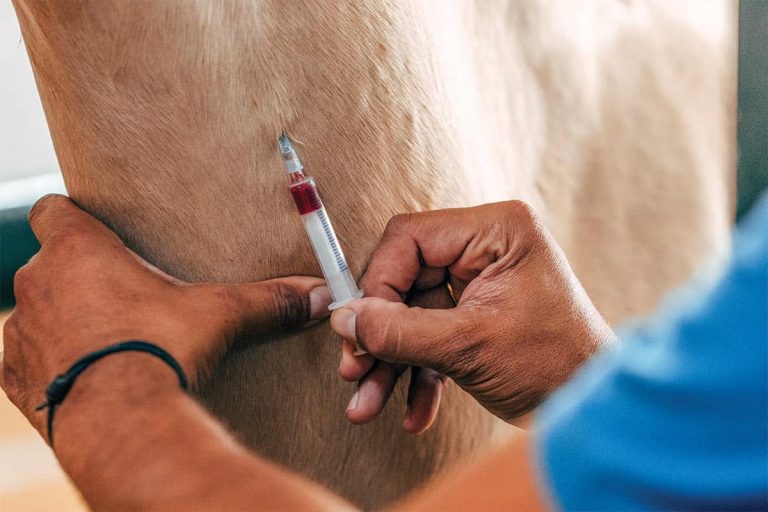
Tall Fescue: Endophyte-Infected, Endophyte-Free, and Novel-Endophyte
Tall fescue is one of the most widely grown perennial grasses in the world and covers approximately 37 million acres in the United States alone. But some varieties can be detrimental to horses. Here’s what you need to know if you have tall fescue in your pastures.

























